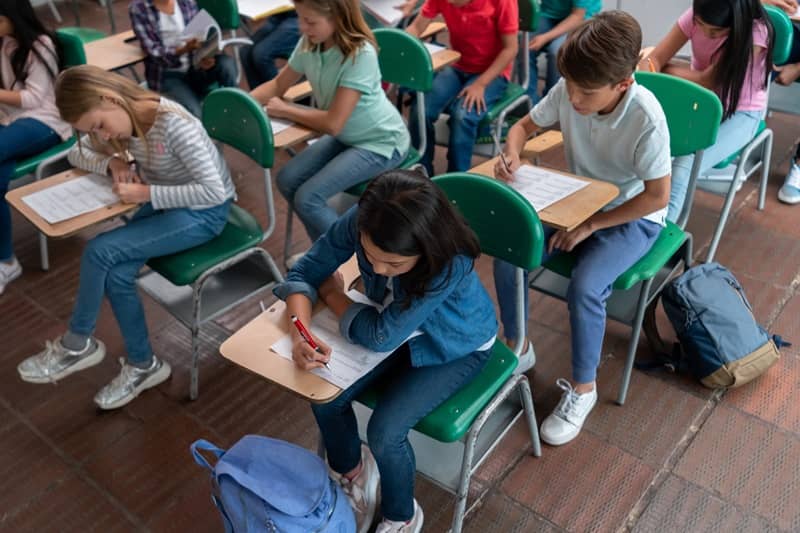By James L. Huffman, JD
Associate editor of The Oregonian Susan Nielsen says that Governor Kitzhaber and the legislature face a parent rebellion if they don’t figure out how to reduce class sizes pronto. (“Big classes, fed-up families: As Kitzhaber plans for later, parents ask about now,” November 11). Nielsen is surely right that today’s parents won’t wait for the new top-down education bureaucracy while it studies how to educate tomorrow’s kids.
But Nielsen’s reference to “a tiny support staff” as part of the problem is puzzling in light of a recent report, entitled “The School Staffing Surge: Decades of Employment Growth in America’s Public Schools.” The report provides a state-by-state accounting of the growth in public school enrollment and employment since 1950. Some will be suspect of the report because it is published by the pro-school-choice Friedman Foundation for Educational Choice. But the data all comes from the National Center for Education Statistics at the U.S. Department of Education, so it warrants attention.
The bottom line for the nation is that, between 1950 and 2009, public school employment growth has outstripped public school enrollment growth by a factor of four. In other words, student enrollment has increased by 96 percent, and total public school staffing has increased by 386 percent. Between 1992 and 2009 the numbers look a little better, but personnel growth still out-stripped student growth 39 percent to 17 percent.
What are all of these new public school employees doing? A significant number of them are teachers. Between 1950 and 2009 student enrollment roughly doubled, while the number of teachers increased by 252 percent. Between 1992 and 2009 the growth rates were 17 percent for students and 32 percent for teachers. One would expect that with student-teacher ratios declining from 27.5 in 1950 to 15.4 in 2009, there would be a significant improvement in student achievement. But no―according to the National Assessment of Educational Progress, reading scores have declined and math scores have remained level over the past two decades.
Even more revealing is the change in pupil-staff (as opposed to pupil-teacher) ratio. It was 19.3 in 1950 and 7.8 in 2009. While student enrollment increased 96 percent, non-teaching administrative and support staff increased 702 percent. The authors of the report estimate that if non-teaching personnel had grown at the same rate as student enrollment and the number of teachers had grown “only” 1.5 times as fast as enrollment, the nation’s public schools would have an additional $37.2 billion to spend each year. That’s enough to give every public school teacher in the nation an $11,700 raise, or to help local governments fund other public needs, or even to give taxpayers significant relief.
The picture in Oregon is both worse and worse. From 1992 to 2009 Oregon public school enrollment increased by 15 percent, while the number of teachers grew by 13 percent. Oregon was one of only three states with an uptick in the student-teacher ratio, which is to say a decrease in the number of teachers relative to students. But during that same period, administrators and other non-teaching staff grew by 47 percent—more than three times as fast as student growth. With slightly less enrollment growth than the national average, Oregon has managed to exceed the national average in non-teaching staff growth.
If class size really does make a difference, and 37 years of teaching persuade me that it does, Oregon has been putting its limited education resources in the wrong place. Our student-teacher ratio has risen while our student-administrator ratio has dramatically fallen. Of course, it varies from one school district to another; but Oregonians in general should be asking why those who run our public schools have seen fit to increase their own ranks at three times the rate of growth in student enrollment while allowing for a small decline in the number of teachers relative to students.
A cynic might say the question answers itself.











